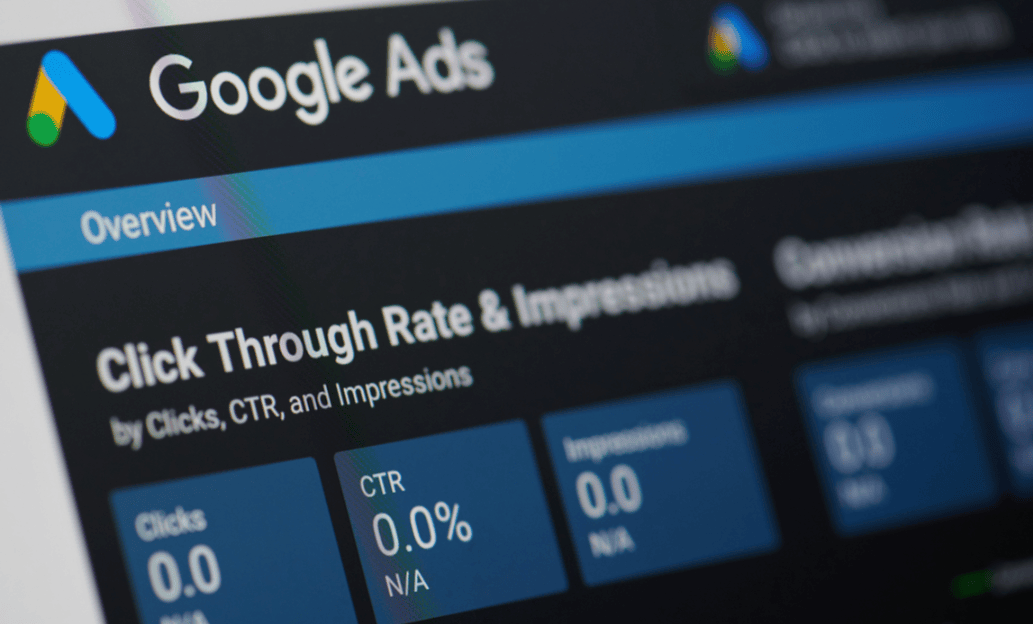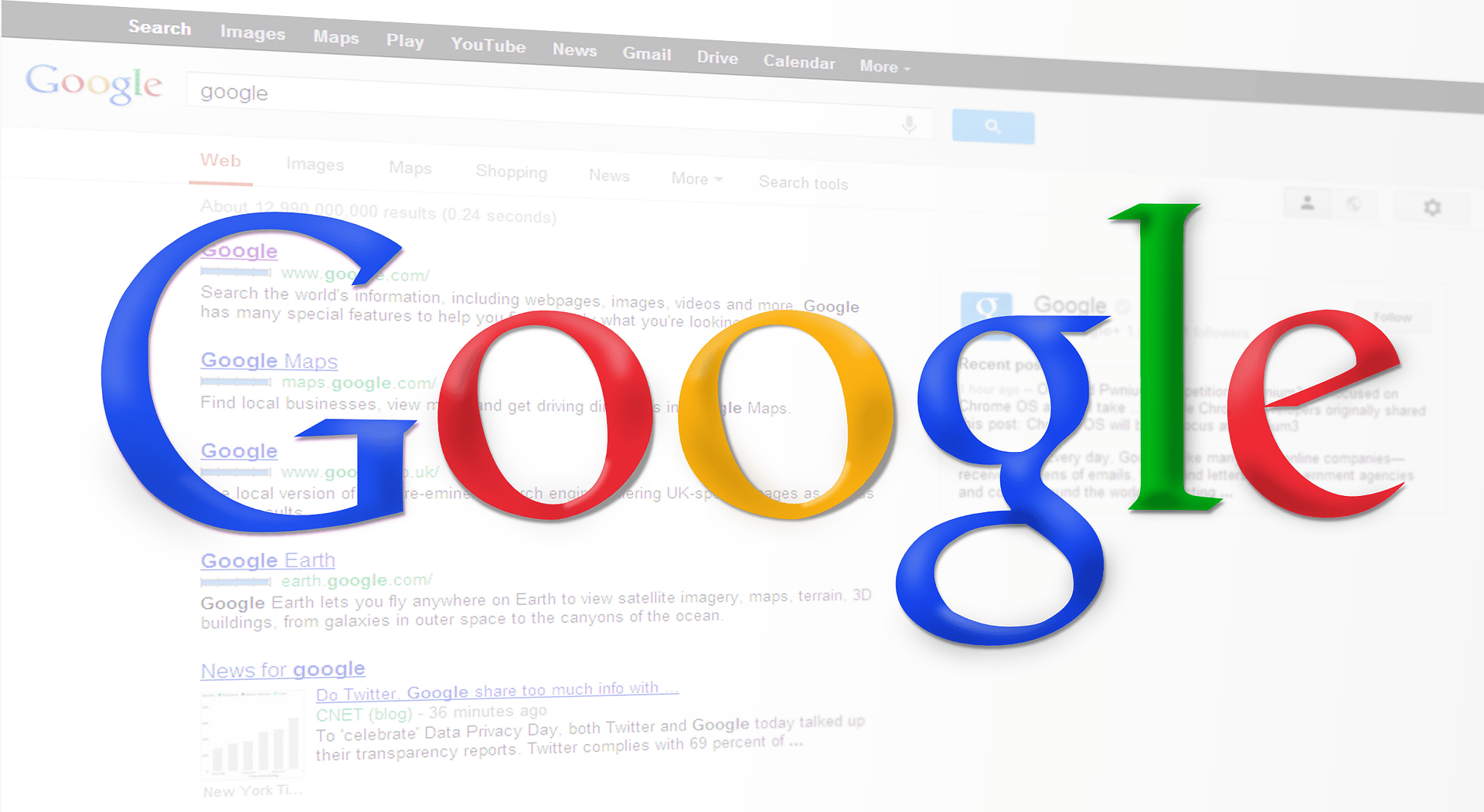Client A is a nationwide telecommunications company.
They provide TV, internet, and phone services to customers across the country, primarily in Arizona, Arkansas, California, Louisiana, Missouri, North Carolina, Oklahoma, Texas, and West Virginia.
In 2015, we started our engagement with Client A as a partner of another agency and have provided search engine optimization services since then.
We were tasked with building domain authority and increasing traffic to the website, but in the process of doing this, we also became a digital marketing partner for the client by providing outside insights into their overall digital marketing efforts, including paid search campaigns.
The following is a case study in how a little investigative work into the data of a paid search campaign can uncover some very helpful findings to get things turned back around.
The Problem
Every month, we report against the Return on Ad Spend for organic search traffic, branded paid search traffic, unbranded paid search traffic, and any additional paid channels that were being run as part of an experiment for new opportunities.

Return on Ad Spend Findings
Within our reporting on Return on Ad Spend, we were able to establish trends in Client A’s paid search performance and inconsistencies in the alignment between the SEO and PPC agencies.
Client A had changed paid search agencies in May and there were major increases in ad spend that lead to a negative ROI.
Our Investigation Process
Client A was already aware of a few issues regarding new geographic targeting implemented by the agency currently managing the Google AdWords campaigns, but through our investigation we were able to establish additional insights into exact causes that contributed to this negative return.
To note a caveat, we weren’t actually allowed to go into the Google AdWords account directly. As a result, all data that we were able to adequately evaluate came directly from Client A’s Google Analytics account.
From this data, we found the following:
- ~17% year-over-year (YoY) increase in paid search visits to Client A’s BuyFlow Storefront (a visitor’s initial step to completing a sale)
- This ~17% increase, however, was offset by a ~11% decrease in paid search sessions to the second step of the process
- Alarmingly, there was ~105% increase in paid search visits to their “Not Serviceable” page — a clear indication of the aforementioned geographical targeting issue
Ultimately, what was happening was, paid search visitors were starting the conversion process but then leaving the site when they found that they didn’t live in one of Client A’s service areas.
State Targeting
Looking deeper into this ~105% YoY increase, we found that the most significant increases occurred in Texas (118%), California (331%), and Missouri (192%).
Compared to overall traffic, there was an increase in NoService sessions in Texas of 102%, California of 188%, and Missouri of 180%.
While these three states are areas in which Client A provides telecommunication services, its paid search campaigns in Google AdWords were also targeting areas in which they did not provide services.
City Targeting
The three cities that produced the highest increase of “NotServiceable” sessions were Dallas (80%), Houston (135%), San Antonio (198%), and Los Angeles (302%).
This data allowed us the opportunity to report on what we were seeing beyond the state-level and offer up suggestions on where we could clean up specific cities/zip codes within Client A’s service areas.
Cleaning up this data at both the state and city levels could help improve the quality of site traffic from paid search, increase Quality Scores, and thus provide an opportunity at improved conversion rates and enhanced lead generation efforts.
Keyword Targeting
Finally, we took a look at the PPC campaigns’ keywords, specifically trying to identify any discrepancies that may have existed YoY to contribute to the decrease in Return on Ad Spend.
Upon starting our keyword investigation, we noticed there were some terms added to the campaigns, and set to a broad match modified match type, that were noticeably absent from the Google Analytics data from the previous year.
An example of one of these keywords is the term “Internet.”
After this keyword was added to the PPC campaigns using Google AdWords’ more restrictive match types — exact and phrase, in addition to broad match modified — it generated an overall spend of $122,467 and a cost-per-click of $6.47 — both of which were higher than when the less-restrictive broad match was being used exclusively ($11, 988 in ad spend; avg. CPC of $1.54).
However, once the more restrictive match types were applied, the number of overall conversions (275) and Return on Ad Spend ($23,325) both increased significantly compared to that generated by the broad match — 149 and $11,988, respectively.
Additionally, we found that some ad spend was being wasted on keywords that suggested a need for completely unrelated services, such as the term “uHaul.” While these irrelevant terms didn’t generate a ton of waste — roughly ~$8,000 and a return of 10 confirmations or $850 ($85 value for confirmations) — this evidence suggested there was definitely an opportunity to pause some keywords to funnel more spend towards more successful keywords.
Overall, there was a significant increase in average CPCs due to a change in match types from broad — which typically produces cheaper clicks but at the risk of less control over who sees the paid ads. The additions of the broad match modified, phrase, and exact match types drove the average CPCs up by 46 cents on branded terms and by $6.15 on unbranded terms.
Our Solution
Too many cities and states were being served ads that could not provide cable and Internet services at those locations.
We could tell this was happening based on the increase in Not Serviceable page sessions. We recommended a closer look into the targeting by state and city.
When looking at the limited keyword data, we recommended they turn on a few of the campaigns that were being managed by the previous agency.
The goal behind this recommendation was to not only turn back on the top performing past campaigns but hopefully stabilize the loss in Return on Ad Spend and decreas the number of Not Serviceable page sessions.













